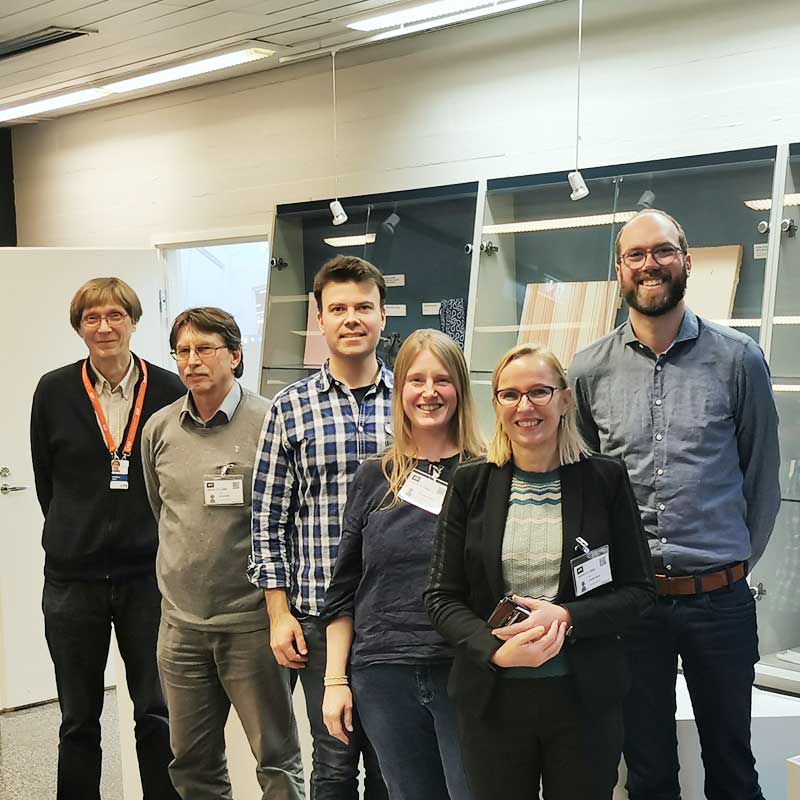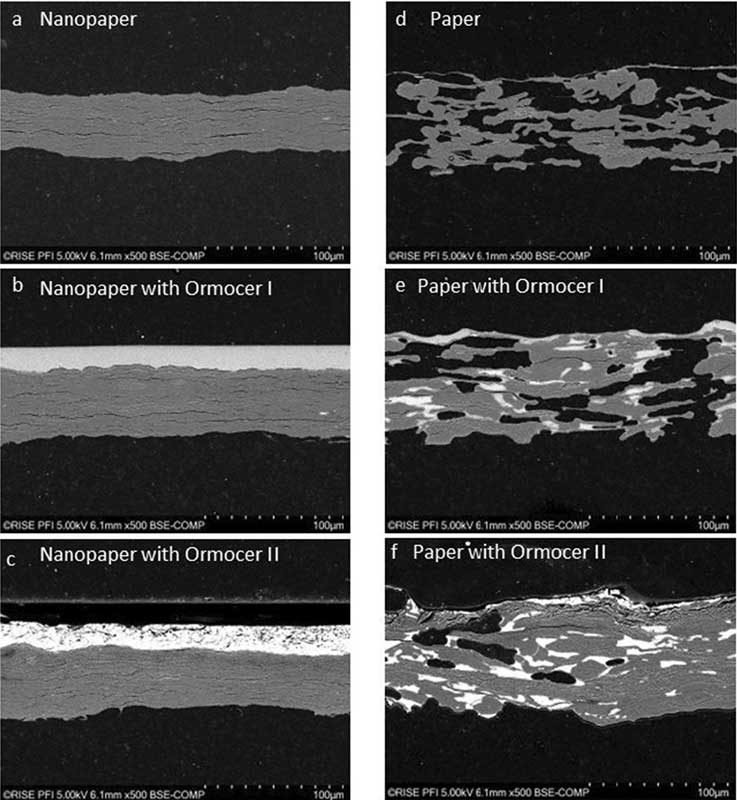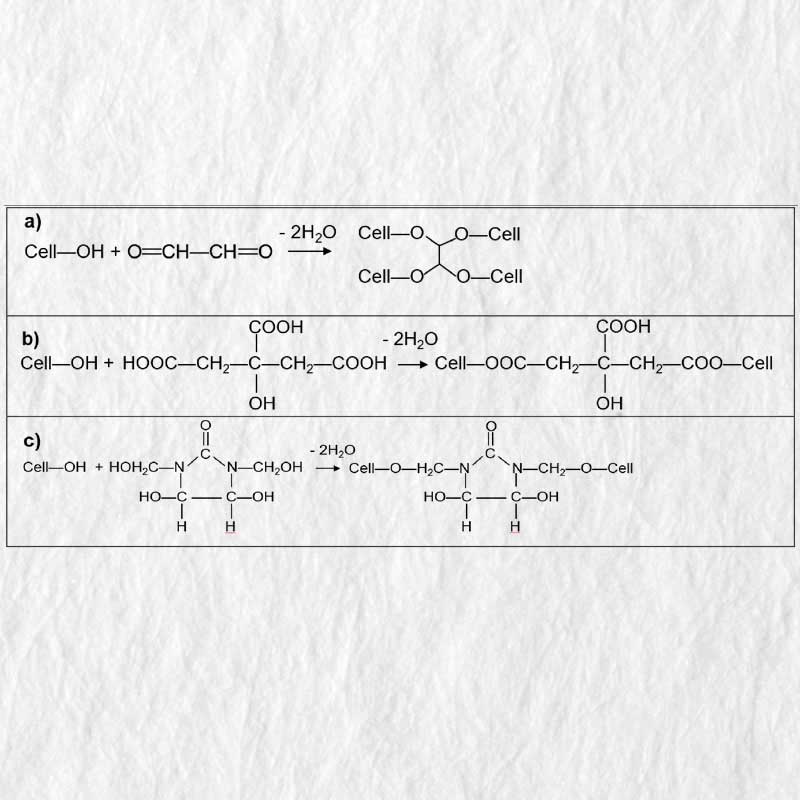
Final project meeting
At the beginning of January, the project team met for the final meeting in Espoo…
read more


The RISE PFI project team, together with Fraunhofer ISC and VTT, has published an article on the material properties and water resistance of inorganic–organic polymer coated cellulose paper and nanopaper.
Abstract: Cellulose-based materials represent a renewable, biodegradable, and environmentally friendly alternative to plastic from fossil resources. Nanopaper is a strong and lightweight material formed from cellulose nanofibrils (CNFs). Paper and nanopaper have been considered as excellent alternatives to plastics for use in agriculture and for packaging applications. However, common for both paper and nanopaper is their hydrophilic character, and consequently, poor water-resistance properties.
ORMOCER®s are a class of inorganic–organic polymers with excellent barrier and protective properties used for a range of coating applications. Here we present ORMOCER®-coated paper and nanopaper.
The coated papers and nanopapers are characterized, both in terms of their morphology, hydrophobicity, and mechanical properties. We demonstrate that the pressure used during the pressing and drying of paper and nanopaper influence their tear and tensile—properties, and that the morphology of the coated nanopaper differs significantly from that of the coated paper. While the ORMOCER® was impregnated within the porous network of the paper, a well-defined two-layered morphology was obtained with the coated nanopaper. Further, the biodegradability of the nanopaper with and without coating was assessed. The degradation study demonstrated that both the pressure used during the pressing and drying of the nanopaper, and the composition of the ORMOCER®, influenced the rate of degradation. Taken together, ORMOCER®- coated paper and nanopaper are promising for the preparation of materials that are both water-resistant, renewable, and biodegradable.
To reach the targeted goals, the project partners work hand in hand and to make sure that the results can be transferred into the production process after the end of the project, and an intensive exchange between the partners and countries is achieved. The project work is portioned in various technical activities, which, in addition to the important aspects such as reporting, dissemination and explications represent the center of the project.

At the beginning of January, the project team met for the final meeting in Espoo…
read more

VTT made a comparative study on the Effects of Chemical Crosslinking Agents on NBSK Handsheet.…
read more

The RISE PFI project team, together with Fraunhofer ISC and VTT, has published an article…
read more